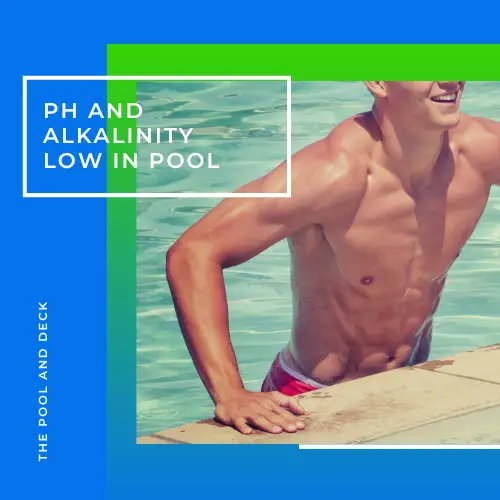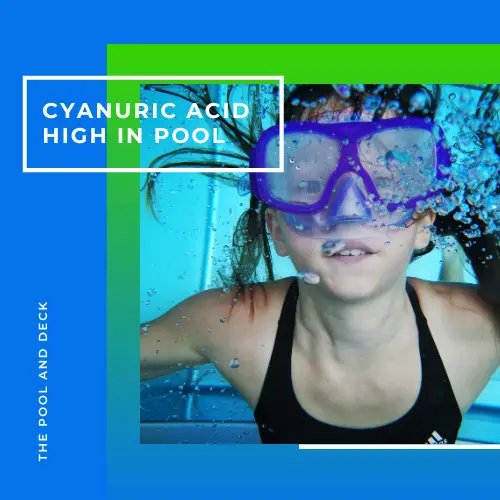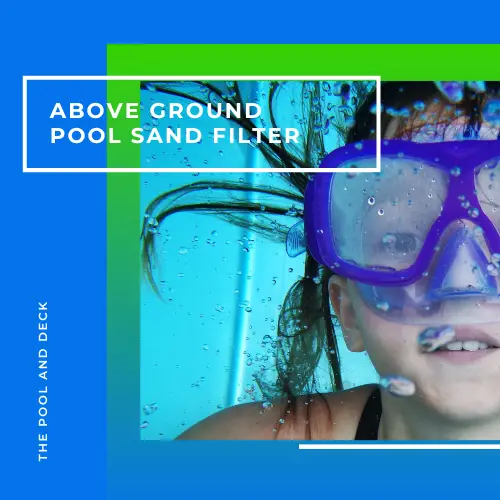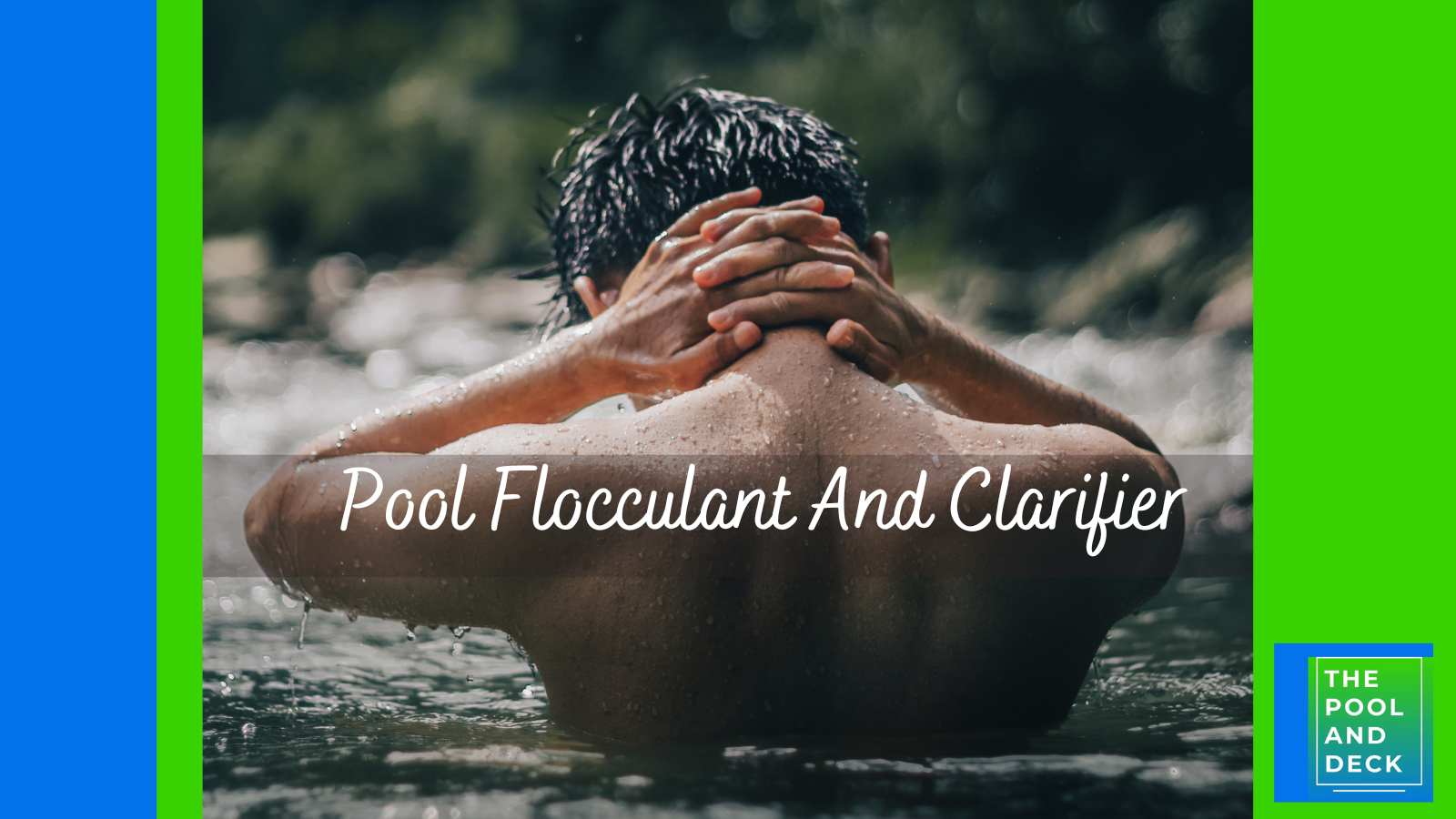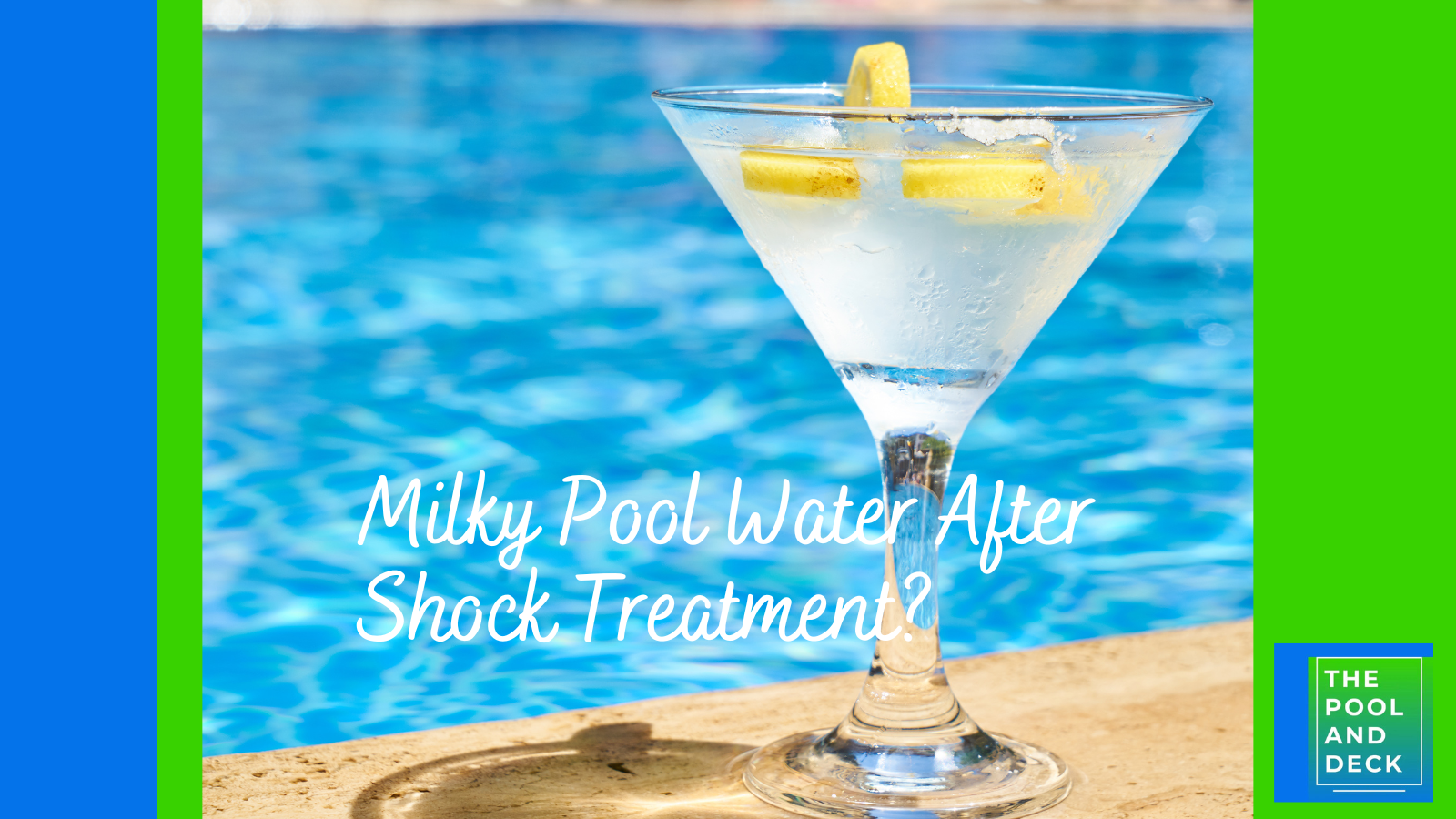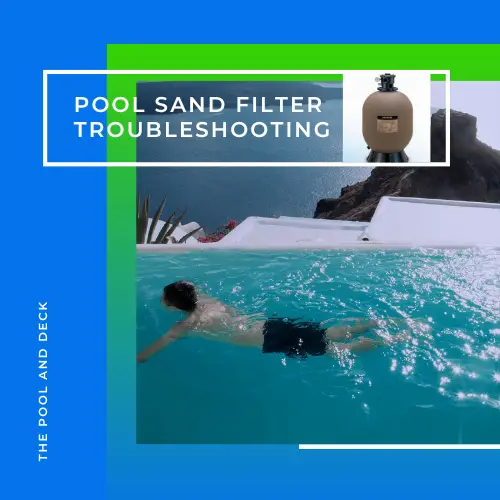Pool Flocculant Not Settling: What is the Best Solution?
Table of Contents
Why Is My Pool Flocculant Not Settling?
The key reason for the pool flocculant not settling is overdosing. When flocculant quantity is more than required the flocculant particles stick to each other. Being lighter than water they simply float around and make the pool water cloudy.
In my experience this happens all the time. You’ve added flocculant to your cloudy pool, hoping to see crystal clear water the next day. Instead, to your utter frustration, the floc is not settling. It is floating around making your pool look even worse than before. Why on earth is the floc not settling?
Flocculant overdosing can happen due to a variety of reasons:
- Lack of Awareness: It is quite logical to think that a little extra flocculant will either get the pool look clearer or work faster. Unfortunately this is just not true!
- Calculation Errors: This can happen if you have misread the product label or use the wrong pool volume.
- Not as Cloudy as you Thought: How cloudy is your pool really? It is natural to think that it has more contaminants then it really has. Equally natural is to add a bit more than the calculation.
- Imbalanced pH: The effectiveness of the flocculant is a function of the pH of the pool water. The flocculant is more effective at a higher pH level. You must always balance the pH before adding the floc.
- Continuous Running of the Pump: You need to run the pump for about 2 hours after adding floc to the pool. This is so that the floc is well dispersed. But then you got to stop the pump. The floc and the coalesced contaminants need water to be still, so that they can settle to the pool bottom.
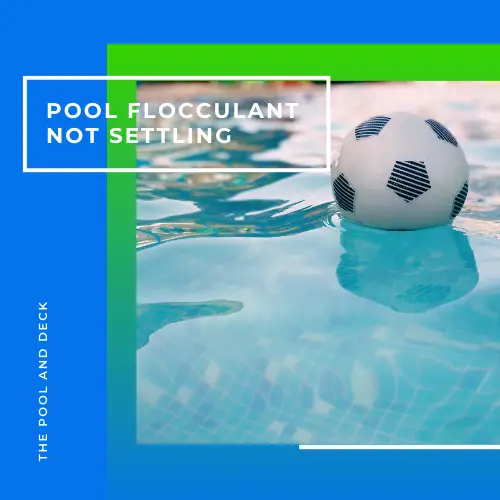
Flocculant & How to Use It
The flocculant is a pool chemical that will coalesce the microscopic solid particles and make them sink to the pool floor. You can then use a pool vacuum to suck up the muck at the pool bottom and discharge it into the yard or a drain.
For a heavily clouded pool, it is better to use the flocculant first. The flocculant will remove the bulk of the solid particles bypassing the filtration system. This can then be followed up by adding a pool clarifier to trap the balance through the filtration system. Chances of clogged filters are greatly reduced.
How Long Does It Take for Pool Flocculant to Settle?
The pool flocculant clears a cloudy pool much faster than a pool clarifier but it still takes anywhere between 8 hours to 24 hours to settle completely.
Therefore, it is best to add the flocculant in the evening, run the pump for a couple of hours and wait till the next afternoon before using the pool.
Of course the actual time taken for the flocculant to settle depends on the severity of the cloudiness, the type of flocculant used and the dimensions of the swimming pool. Larger and deeper pools may require more flocculant and take longer to settle than smaller ones.
The water temperature and pH levels also affect the time taken for the floc to settle. Flocculant is less effective and takes more time if the water is colder and the pH is low.
If your pool still appears cloudy or hazy after 24 hours of floccing, it is because some microparticles may still be in suspension. Sometimes this may be from pollen or dust storms. At other times, following up floccing with a pool clarifier and running the pool filter will clear up the pool.
If you have the time, the best option is to wait for a few days. If the pool water stays still the microparticles will eventually sink to the bottom. If nothing works, it’s time to get some professional help.
Will a Pool Robot Pick Up Flocculant?
A pool robot is super convenient and pretty efficient. I would highly recommend it for your weekly pool cleaning activity.
However, a pool robot may have difficulty picking up flocculant from the bottom of the pool. Pool robots are usually unable to pick up larger debris or flocculant that sticks to the bottom of the pool.
It is best to use a manual vacuum to clean the pool floor after floccing. Make sure to go at a slow steady pace as you move the pool vacuum over the pool floor. Do not agitate the pool water as then the debris will float away from the reach of the vacuum.
Can You Swim with Flocculants in the Pool?
The main ingredient of pool flocculants is aluminum sulfate which is harmless to humans. However, it still is not a good idea to swim after adding floc to your pool. Why? Three reasons:
- Swimming will agitate the water and delay the sinking of the coagulated clumps.
- A cloudy swimming pool still has contaminants that can irritate the skin and eyes.
- Poor visibility in the pool increases the risk of accidents and drowning.
It is best to keep the pool closed, after adding floc, for at least a day. This will give enough time for the particle clumps to settle to the bottom of the pool. Make sure that you have vacuumed the pool floor and readjusted the pool chemistry before opening the pool to swimmers.
If you have an issue of your pool flocculant not settling, chances are you inadvertently overdosed. Not a serious problem if you have time. Leave the pool alone for a few days and it will clear out!
thepoolanddeck.com is a participant in the Amazon Services LLC Associates Program, an affiliate advertising program designed to provide a means for sites to earn advertising fees by advertising and linking to Amazon.com . The website is also an affiliate of a few other brands. The affiliate links never increase your purchase price. We do appreciate your support. Thank you very much!
Recommended Products
Thank you very much for reading the post. I do hope you found it informative and helpful.

